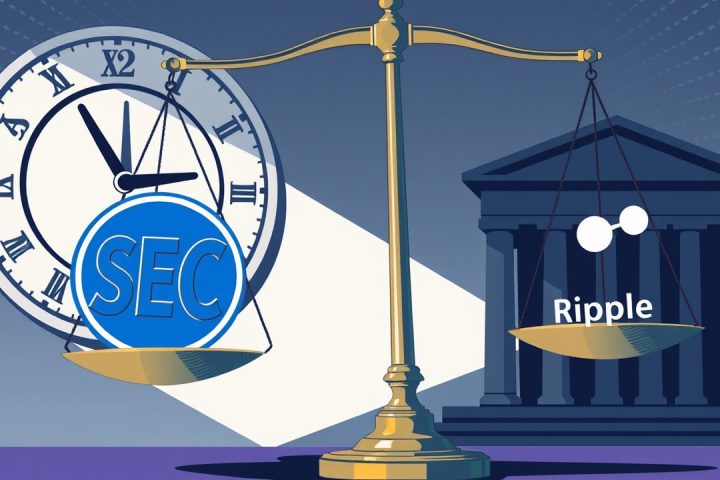The Emergence of Stablecoins in the U.S. Treasury Market
For many years, the U.S. Treasury market has stood as a cornerstone of the global economic framework, largely influenced by entities such as central banks and major institutional investors. However, insights from a recent study issued by the Bank for International Settlements (BIS) indicate that a new player is emerging as a key factor in this arena: dollar-pegged stablecoins. These assets have quietly begun to shape the pricing dynamics of what are regarded as crucial safe-haven assets.
Stablecoin Operations and the Repo Market
Taking on functions similar to conventional money market funds, significant stablecoin providers are now pooling considerable amounts of dollar-denominated assets. As detailed in the BIS publication, they are effectively lending these funds into the short-term repurchase agreement (repo) market, mimicking the operations of their traditional counterparts but under a remarkable absence of unified regulatory scrutiny.
To delve deeper into this phenomenon, let’s examine the mechanics of stablecoin operations. For instance, Tether — one of the prominent stablecoin issuers — maintains substantial reserves and engages in investment strategies that often lead them to the U.S. repo market. This market serves as a critical venue for short-term loans where entities can secure cash by offering securities as collateral, with the intention to repurchase those securities in the future. By managing their reserves, typically composed of cash-equivalent financial tools and short-term Treasury bills, Tether can decide to allocate cash using reverse repurchase agreements, relying on U.S. Treasury bonds as collateral rather than other types of securities.
The Role of Stablecoins in Basis Trading
In the landscape of traditional finance, hedge funds and other leveraged players frequently engage in basis trading — a strategy that involves borrowing cash via the repo market to purchase Treasury bonds, all while simultaneously shorting Treasury futures on platforms like CME. Stablecoin providers, through their cash lending in the repo market, have started to fulfill a funding role for entities undertaking this basis trade. While traditional arbitrage strategies are indispensable to many financial institutions, the increasing engagement of substantial stablecoin issuers underscores their growing relevance in this critical financial space.
Despite some analysts voicing concerns about the potential undermining effects of this trading on the broader Treasury market, gaining insights into how stablecoin issuers conduct these arbitrage activities is crucial in recognizing the advantages that digital assets can impart on the conventional financial landscape.
Regulatory Concerns and Market Implications
The practice of basis trading raises alarm bells for regulators, given the leverage involved and historical market disruptions witnessed during stress episodes, such as those seen in March 2020. Regulatory considerations become especially pertinent in the context of stablecoins, particularly as their growth and financial practices could exacerbate systemic risks tied to these leveraged trades.
As of March 2025, stablecoin issuers, including Tether and Circle, hold over $200 billion in Treasury assets which increasingly connects them with the conventions of traditional investment entities and foreign investors. The implications of this growth are significant; a report indicates that stablecoin outflows disproportionately affect Treasury yields—potentially two to three times more than inflows—indicating the risk of major disruptions during large-scale redemptions.
Should the stablecoin market expand to $2 trillion by 2028, a projected increase in flow variance could result in substantial yield implications for Treasury bills, marked by an estimated reduction of 6.28 to 7.85 basis points. This rising influence of stablecoins prompts a critical examination of its implications for U.S. Treasury yields, the transmission of monetary policy, financial stability, and the overall landscape of global payments. There are growing calls for enhanced transparency and regulatory oversight, which may be beneficial for stablecoin issuers seeking to build credibility.
Conclusion
As the operations of stablecoin firms extend beyond the realms of cryptocurrency and start to impact foundational markets, initiatives like the proposed GENIUS act could be essential in regulating these new large-scale Treasury purchasers, balancing their presence in our financial markets with the need to maintain integrity within them.




